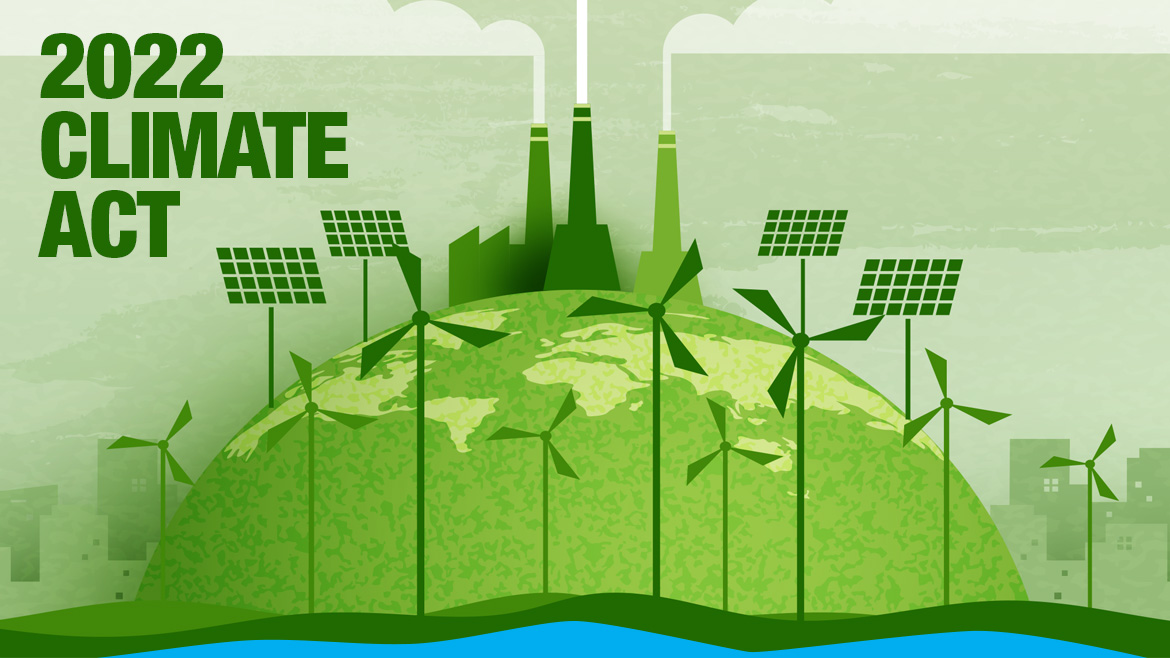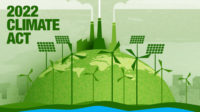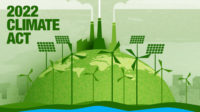The U.S. Environmental Protection Agency has fleshed out more details about its new $27-billion Greenhouse Gas Reduction Fund, which aims to leverage public-sector funds with private investment in what the agency says will be “thousands” of clean energy projects.
EPA on April 19 released what it termed a framework for the competitive grant program, which was created in the Climate Act–formally known as the Inflation Reduction Act–signed into law last August.
EPA Administrator Michael S. Regan said in a statement that the program “will become part of the backbone of the American clean energy finance ecosystem.”
Regan said that more than half of the investments that would flow from the grants will go to low-income and disadvantaged areas.
House GOP Targets Program
But the release of the framework came on the same day that House Speaker Kevin McCarthy (R-Calif.) announced that House Republicans are proposing to repeal the Greenhouse Gas Reduction Fund.
That move is part of a House GOP bill to increase the U.S. debt limit, cap federal spending at fiscal year 2022 levels and end what McCarthy termed the Biden administration "green giveaways."
Still, EPA is moving ahead with its plans for the fund.
Three Grant Categories
The overall grant program would include three categories of grants.
The largest is a $14-billion National Clean Investment Fund, in which two or three national nonprofit organizations will join with private investors, who will contribute capital for what EPA says will be “tens of thousands of clean technology projects.”
The program also includes $7 billion for Solar for All grants. This will take the form of about 60 grants to states, tribal governments, municipalities and nonprofits for residential and community solar projects in low-income and disadvantaged areas.
The third prong of the program is a $6-billion Clean Communities Investment Accelerator, which is to fund two to seven “hub nonprofits” aimed at increasing the clean-energy financing capacity of networks of “public, quasi-public and nonprofit community lenders," according to the framework document.
Those entities would include community development finance agencies and minority depository institutions.
EPA said a goal is to ensure that households, small businesses, schools and other community institutions have access to financing clean-technology projects.
Sen. Edward Markey (D-Mass.), chair of the Clean Air, Climate and Nuclear Safety subcommittee, said that the grant program "has the potential to unleash tens of billions" in private investment.






Post a comment to this article
Report Abusive Comment